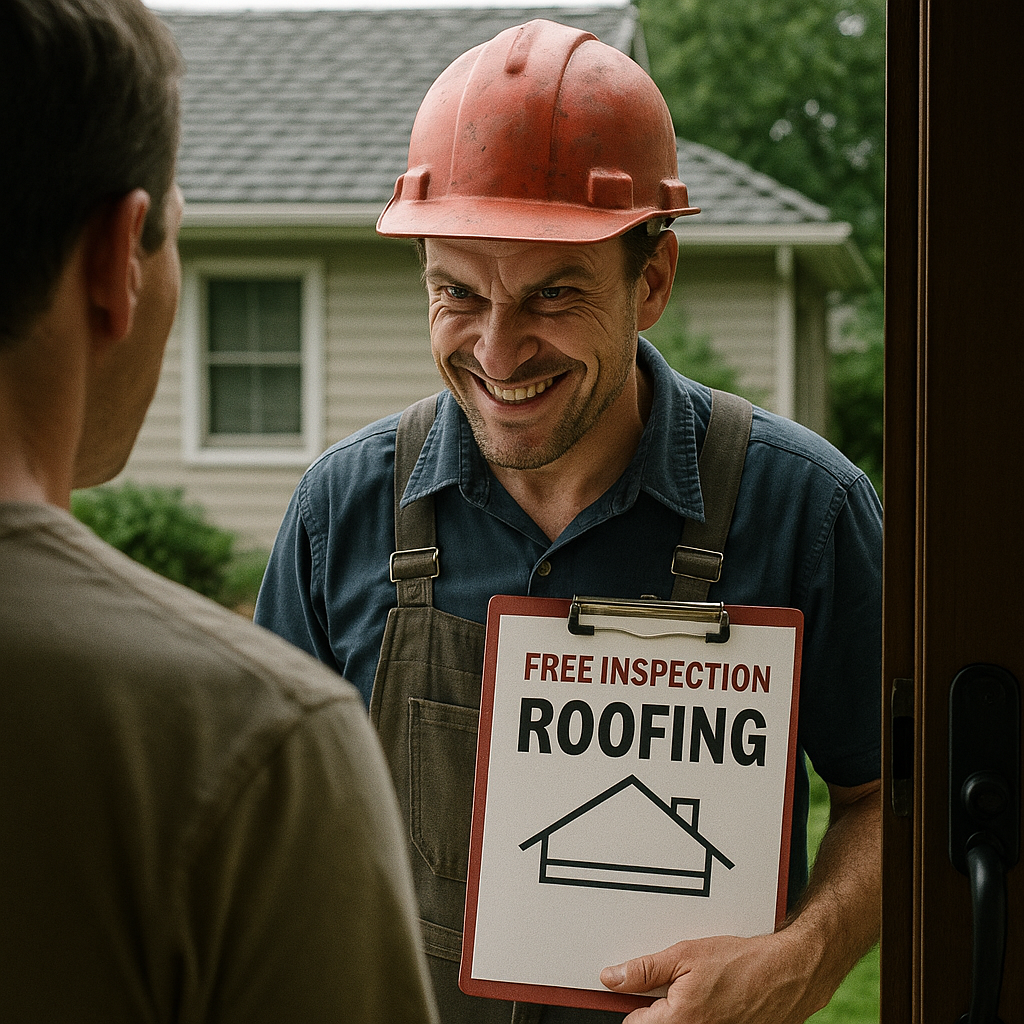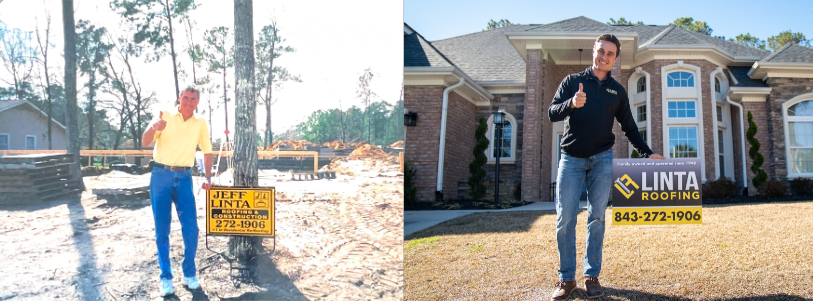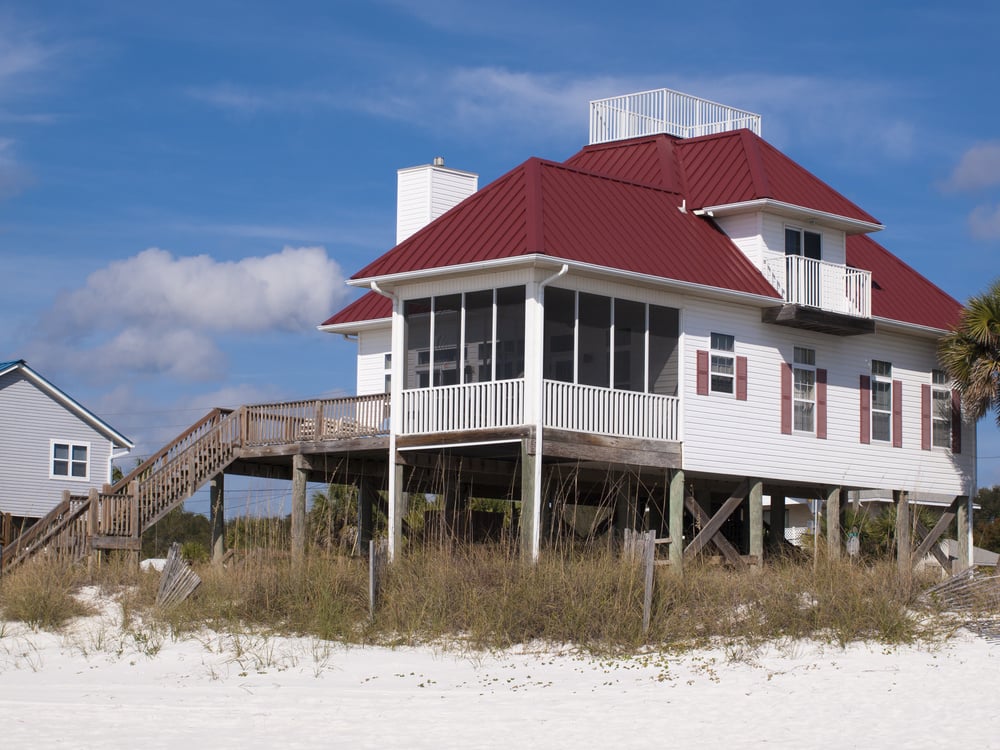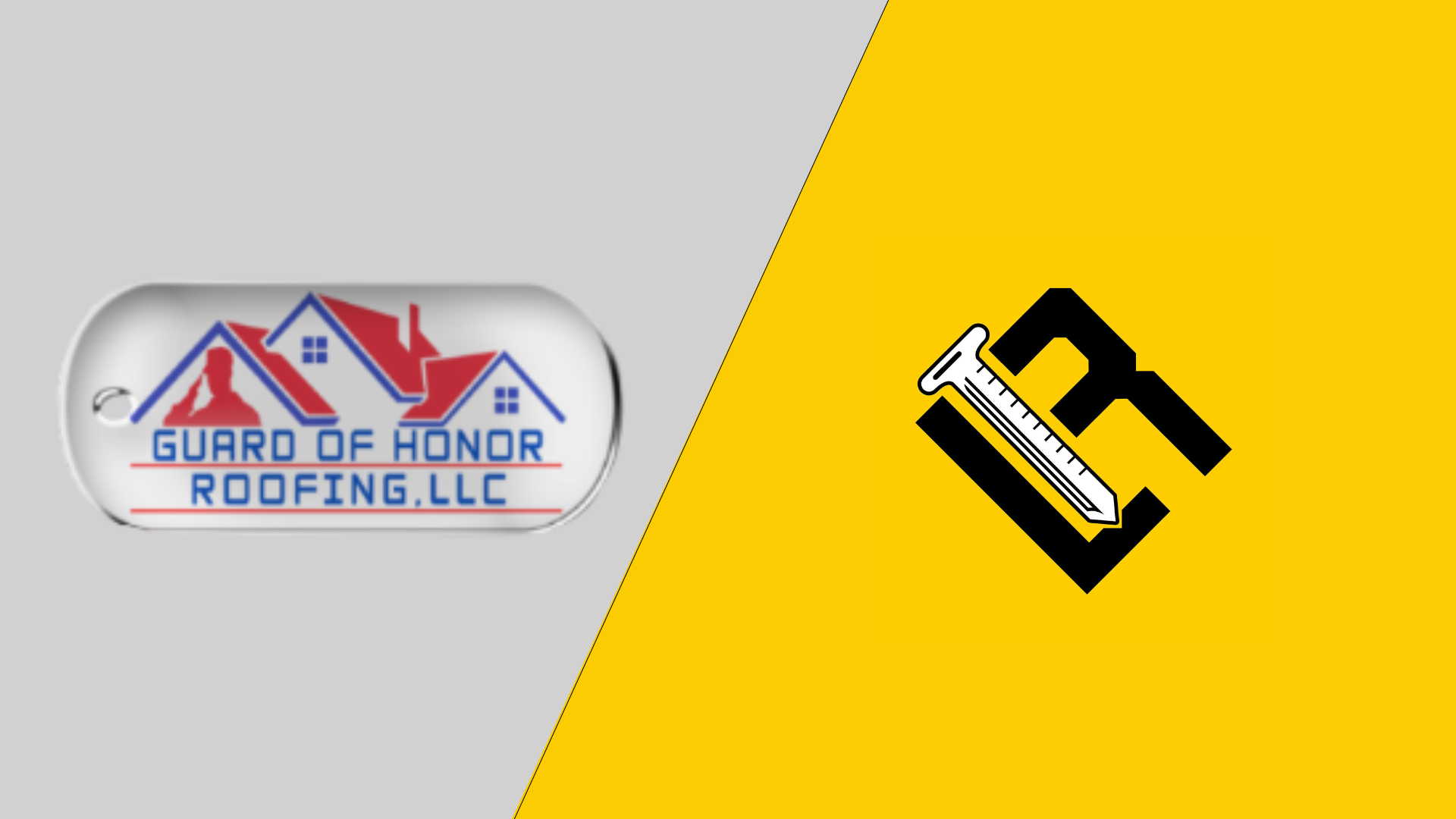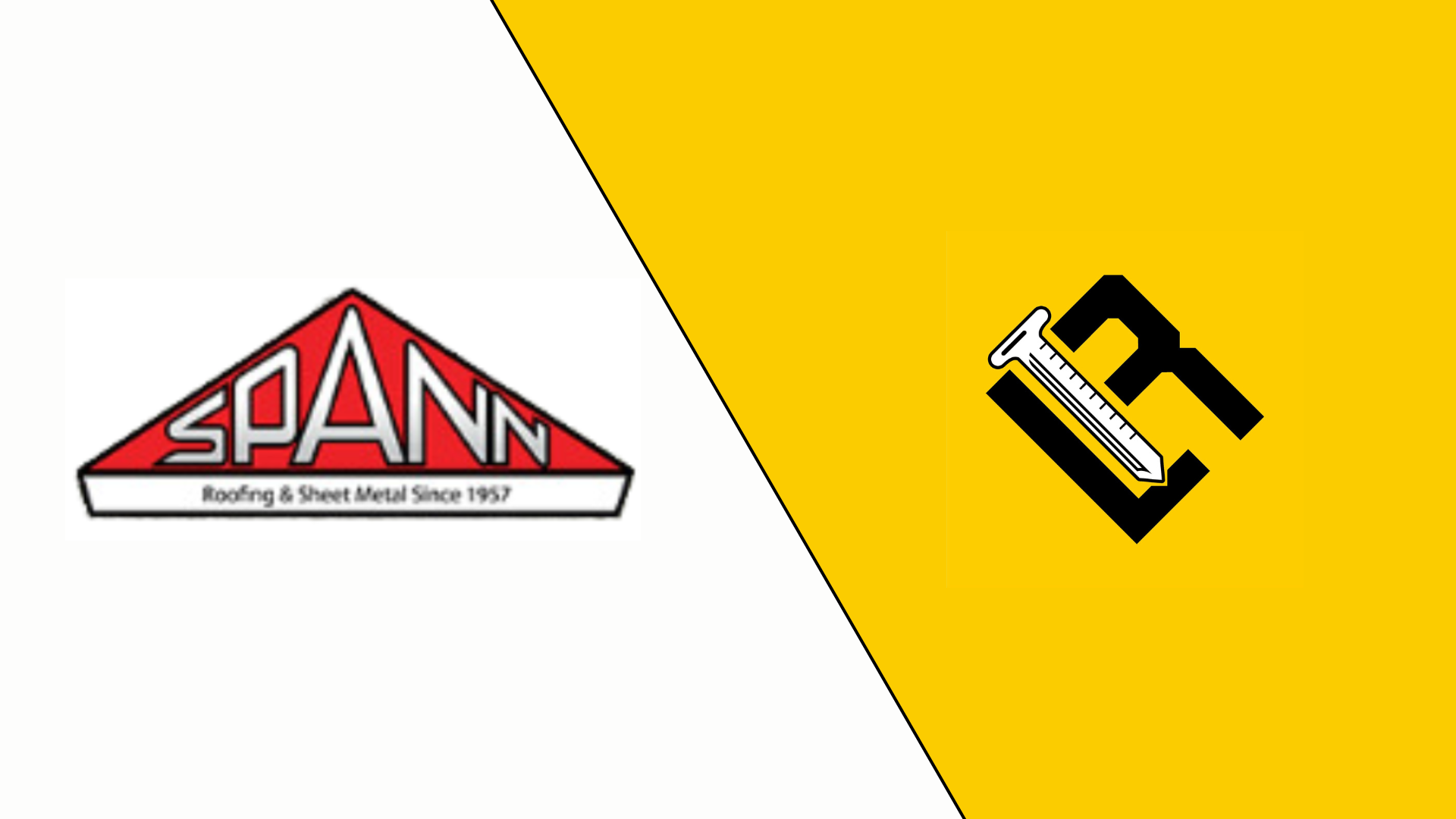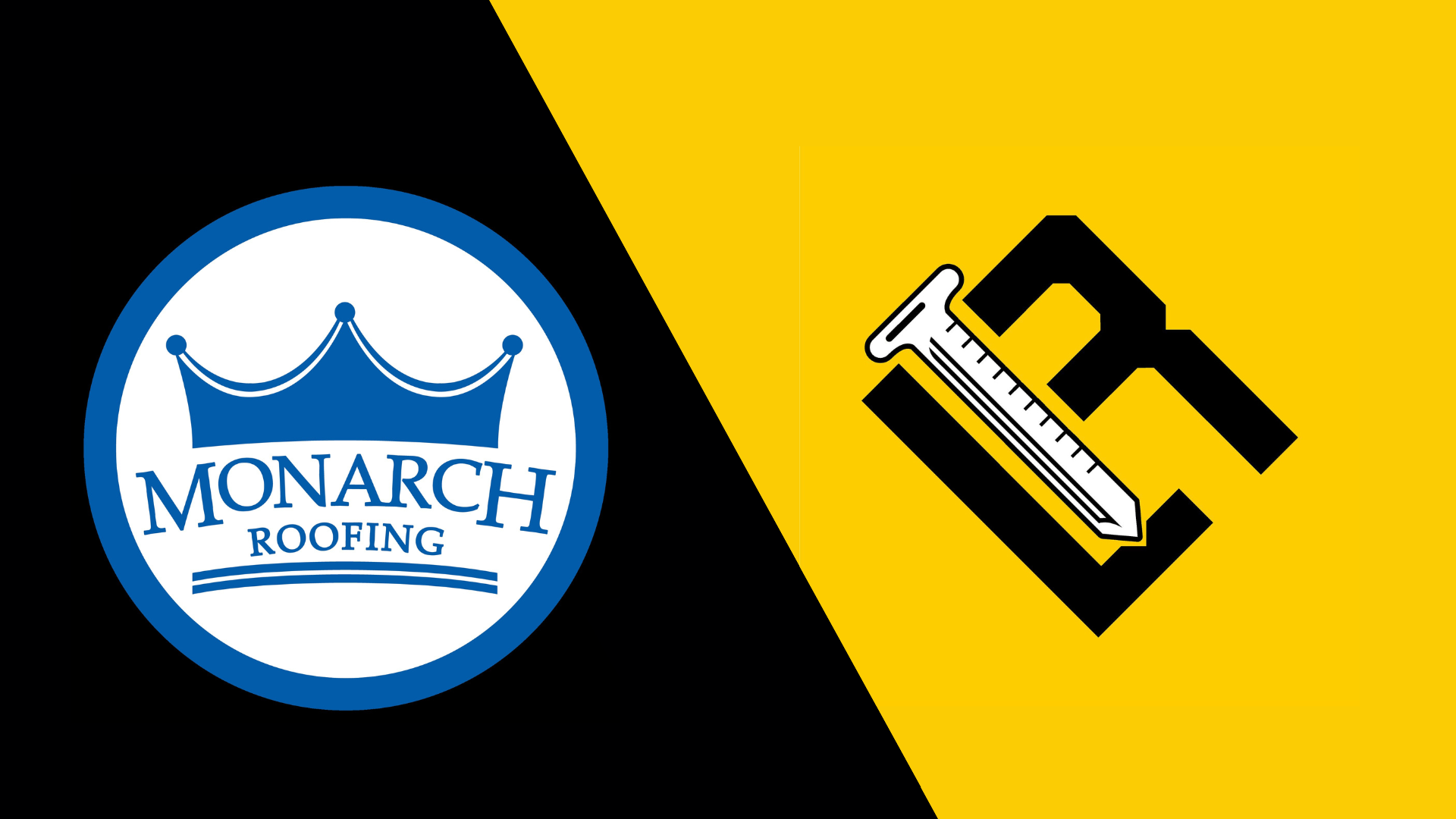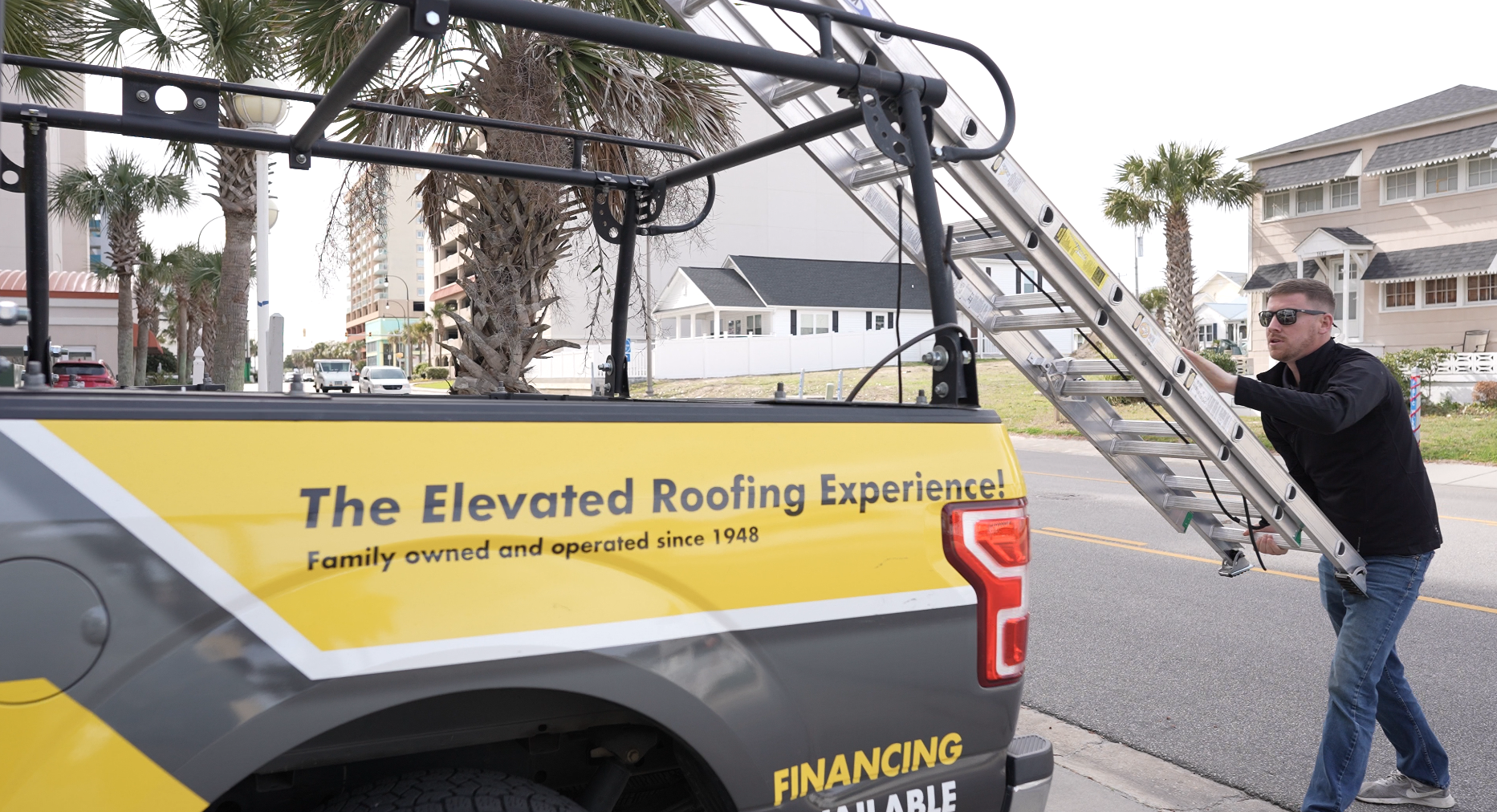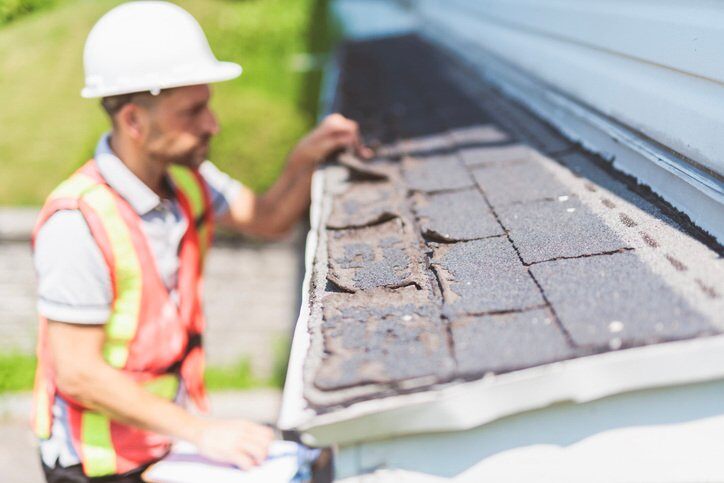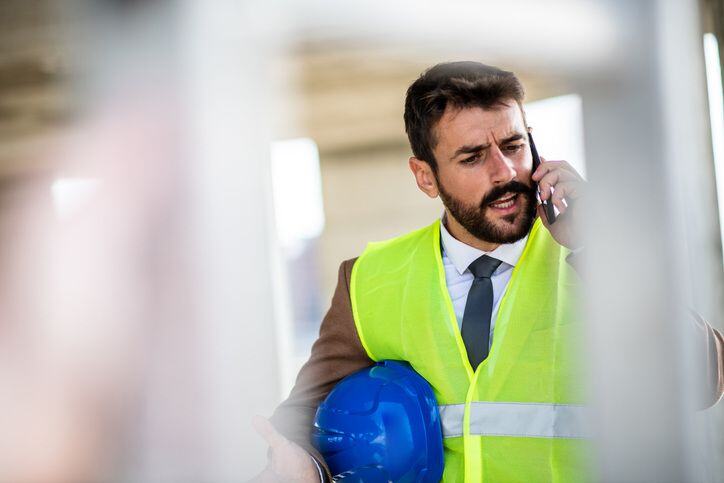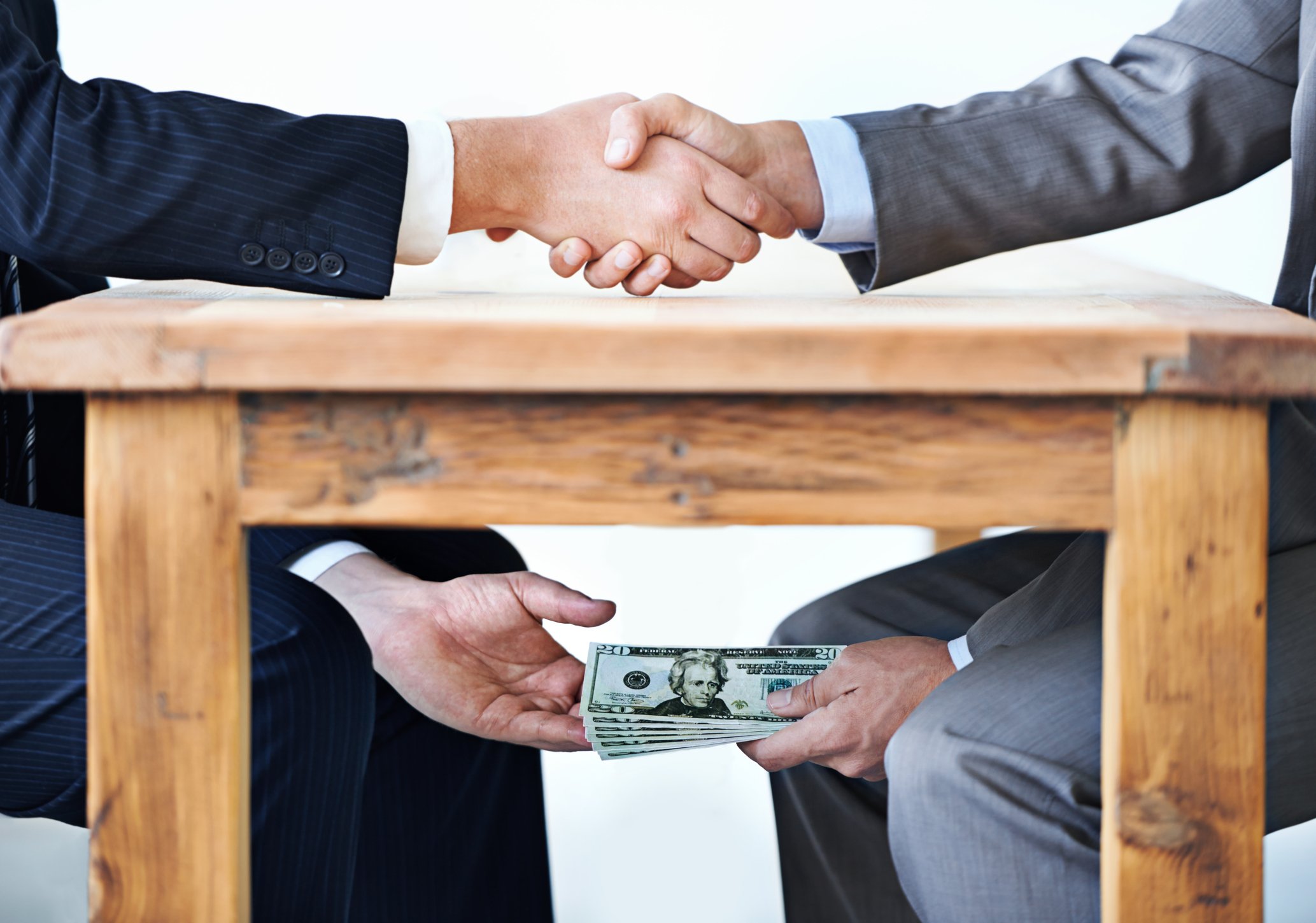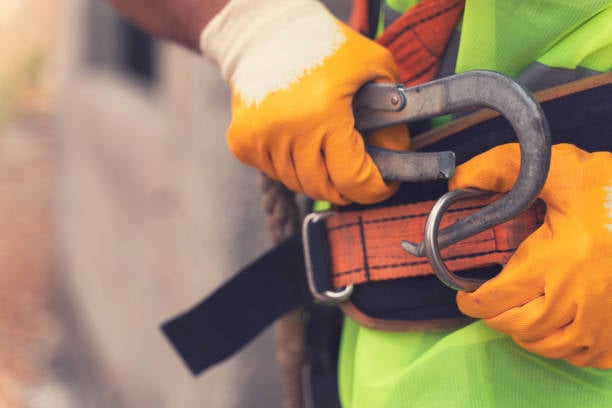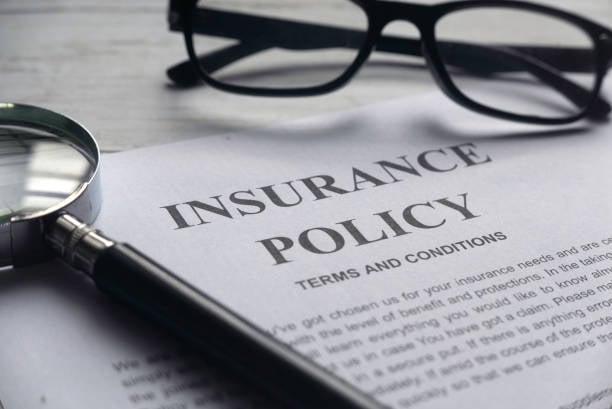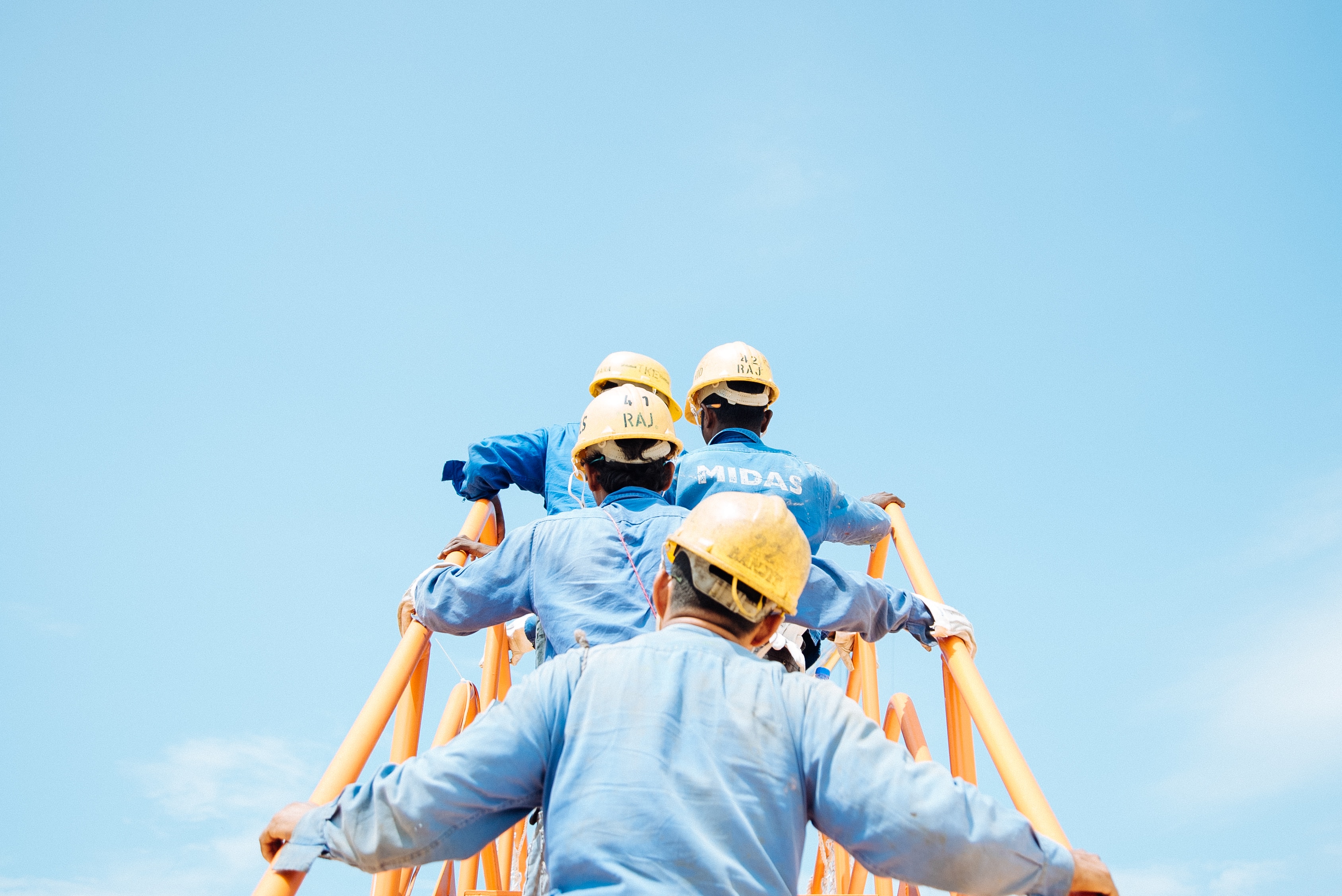Spotting a Roof Scam: When Roofers Cause Roof Damage to Win Your Business
October 30th, 2024
4 min read
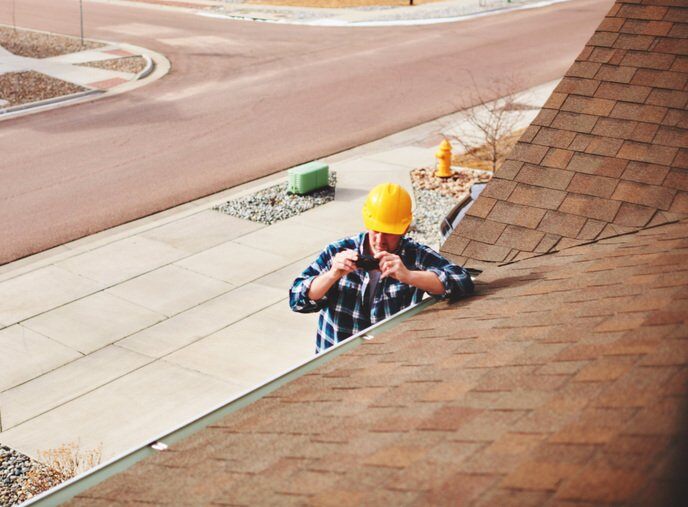
Has a roofer ever inspected your roof and left you wondering if they caused more harm than good? You’re not alone. Many homeowners face the unsettling reality that some roofers intentionally create damage to trigger insurance claims. It’s an underhanded practice that can cost you time, money, and peace of mind.
Over the last 39+ years in the roofing business, we at Linta Roofing have come to find that this is not just a big issue in Myrtle Beach, but practically an epidemic in the U.S.
But why do some roofing companies resort to such unethical tactics? And more importantly, how can you protect your roof and your wallet from falling victim to these scams?
In this article, we’ll explore the reasons why some roofers damage roofs on purpose, the telltale signs to watch for, and effective steps you can take to stop this from happening.
Why Some “Trusted” Roofers Intentionally Damage Your Roof
You might be surprised to learn that even some of the largest roofing companies in the Myrtle Beach area have been known to tear up perfectly good asphalt shingles during an inspection. In storm-heavy regions like Myrtle Beach, it's sadly common for roofers to generate business through dishonest methods.
When a storm strikes, roofs are vulnerable, and while reputable roofing companies assist homeowners in filing legitimate insurance claims, some unethical roofers intentionally create damage to trigger claims. Roofing sales people—especially those working on commission only or as independent contractors—are often motivated to manufacture damage during inspections, knowing that an approved claim guarantees business for them.
The logic behind this tactic is simple: by damaging your roof, the roofer ensures you’ll need their help to navigate the insurance process, locking in a job that otherwise wouldn’t exist.
 It's crucial to remember that insurance companies are also businesses. Their goal is to minimize payouts and maximize profit. Unethical roofers, by using underhanded methods to force claims, may help you get a roof replacement approved—but there’s a catch. Insurance companies are increasingly aware of these tactics and have become more vigilant in denying fraudulent claims. The result? You could be left with damage intentionally caused by a roofer you trusted and no approved claim to cover the cost.
It's crucial to remember that insurance companies are also businesses. Their goal is to minimize payouts and maximize profit. Unethical roofers, by using underhanded methods to force claims, may help you get a roof replacement approved—but there’s a catch. Insurance companies are increasingly aware of these tactics and have become more vigilant in denying fraudulent claims. The result? You could be left with damage intentionally caused by a roofer you trusted and no approved claim to cover the cost.
This practice is most common among salespeople who earn commissions only and independent contractors because your approved claim directly impacts their earnings. While it might seem like the roofer is fighting for you, they could also be interested in their own financial gain. Not acknowledging the impact of their unethical practice if your roof is not approved by insurance. Which may leave you asking, how can I figure out who is doing this? What signs would indicate that a roofer purposefully damaged my roof?
How to Recognize Signs of Manufactured Roof Damage
If you suspect a roofer might have damaged your roof intentionally, look for these key signs:
Wind Damage: How to Tell What’s Real vs. Fake
- Lateral Tears: Authentic wind damage usually affects whole shingles and follows the wind’s direction. If you see horizontal or side-to-side tears, this may indicate tampering. We always recommend hiring a contractor that offers you photos of the damage so you don’t have to get on the roof yourself. But if a contractor does not offer photos, it’s beneficial for you to ask them to provide you with pictures.
- Clean Nails Under Shingles: Often homeowners don’t notice subtle roof damage right away. Which means that exposed nails are usually corroded to some degree unless the damage occurred recently. If you think the damage to your roof happened a while back and there are clean-looking exposed nails on your roof, this could be a sign that your shingles were tampered with.

Fake Wind Damage |

Real Wind Damage |
Hail Damage: How to Tell What’s Real vs. Fake
- Uniform Impact Marks: Genuine hail creates random, uneven damage. If the dents are all the same size, this could mean someone used tools (such as coins) to simulate hail damage. Not only that, but often the rock granules on your roof will be impacted into the shingle, so if you don’t see any rock granules pounded into the shingle, it could be fake damage.
- Damage on All Sides: Hail typically strikes one or two sides of a house. If every slope of your roof shows damage, it's a red flag for intentional damage.
- No Collateral Damage: Real hailstorms don’t just affect roofs. And insurance companies know to look for collateral damage when assessing a roof that was damaged by hail. Check your gutters, downspouts, fences, or metal surfaces. If there’s no damage beyond the roof, it could be manufactured.
Wind and hail damage are the greatest threats against your roof, which is why it’s important to be able to spot falsified wind or hail damage. Creating damage like this not only affects individual homeowners, but also insurance premiums at large.
How Does Manufactured Damage By Roofers Impact Insurance Premiums?
Fraudulent roofing claims not only hurt homeowners but also contribute to rising insurance premiums. In areas like South Carolina, where storm damage is common, unnecessary roofing claims increase the financial burden on insurance companies, who pass that cost down to consumers through higher premiums.
When roofers exaggerate storm damage or file unnecessary claims, it strains the entire insurance system. As a result, both homeowners and legitimate roofing companies suffer.
How to Prevent a Roofer From Damaging Your Roof
Thankfully, there are proactive steps you can take to avoid falling victim to these scams:
- Be Present During Inspections: Watching the roofer as they inspect your roof deters any potential tampering.
- Take Pre-Inspection Photos: Document the condition of your roof before the inspection. This gives you a baseline to compare any post-inspection changes.
- Get a Second Opinion: If one roofer claims you need significant repairs or replacements, seek a second opinion to ensure the assessment is accurate.
- Report Suspicious Behavior: If you suspect a roofer has damaged your roof intentionally, file a complaint with your state’s insurance commissioner. In South Carolina, the Insurance Commissioner’s office investigates such unethical practices. Illegitimate claims affect everyone’s insurance premiums, by filing a complaint you become an active participant in lowering premiums.
In addition to these things, it may be helpful to watch your neighbor’s roof inspections. Not only can you help protect your neighbor, but you can get an idea of which roofing contractors to avoid. These are great ways to be vigilant in protecting your roof from unnecessary damage.
Stay Vigilant and Protect Your Roof
Most roofers are honest professionals who want to help, but it's important to be aware of the red flags. By understanding how unethical roofers operate and taking steps to protect yourself, you can avoid becoming a victim of roofing scams.
Unfortunately, how some roofing companies operate their business can put undue pressure on their sales people, which can cause them to do things they wouldn’t do otherwise. At Linta Roofing, we see this problem, which is why all of our Project Managers are W-2 and salaried staff members. It’s just one of the ways we can help mitigate unnecessary harm to homeowners in the Grand Strand area.
Always ask questions, seek second opinions, and trust your instincts. Together, we can prevent these unethical practices from spreading.
Jeffrey Linta is a 3rd generation roofer who grew up working in his family's roofing business (Linta Roofing, Inc.). He got his start tearing off roofs during the summer while attending North Myrtle Beach High School. Now running one of the most successful roofing businesses in the Grand Strand area, Jeffrey has lived and breathed roofing for his entire working career. Some of his accolades include GAF Master Elite Contractor, SC Safehome certified contractor, Group 5 SC Licensed Commercial Contractor, and GAF Master Commercial roofing contractor. Under his leadership, Linta Roofing, Inc. has served thousands of homeowners and business owners in the Grand Strand area. Linta Roofing achieved awards like the Sun News’s “Best of the Beach” and A+ Rating with the Better Business Bureau all while receiving hundreds of 5-star reviews year after year. Jeffrey is a Grand Strand born and raised local. When he is not running Linta Roofing, he spends time fishing with his wife Erica and walking the beach with his dog Dixie.
Topics:



